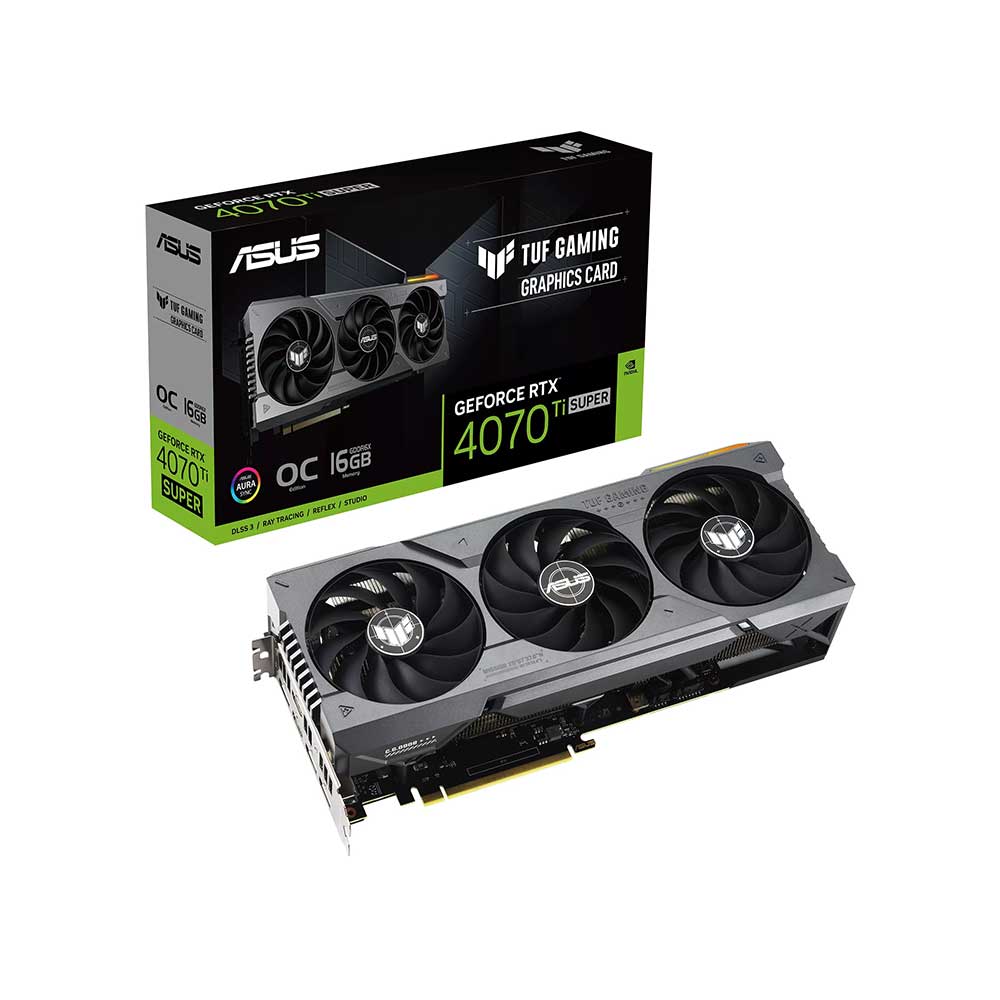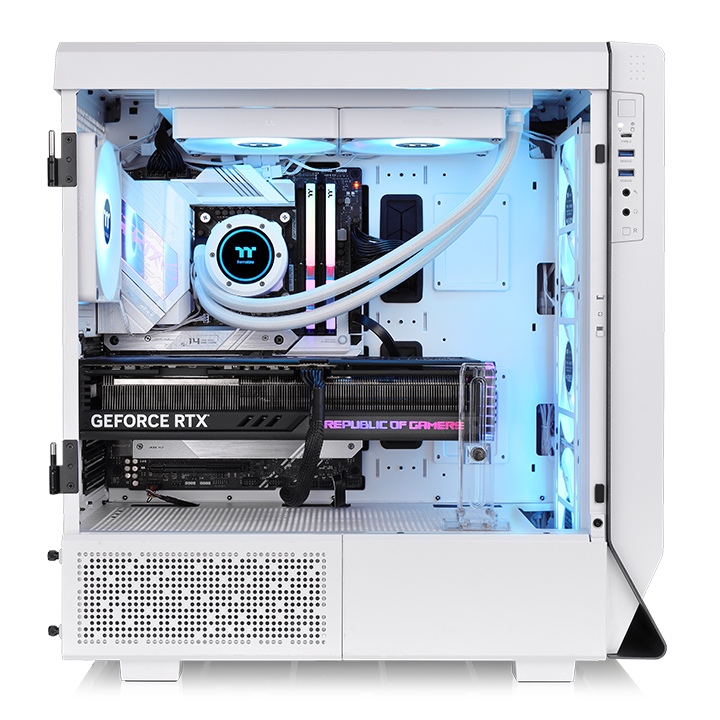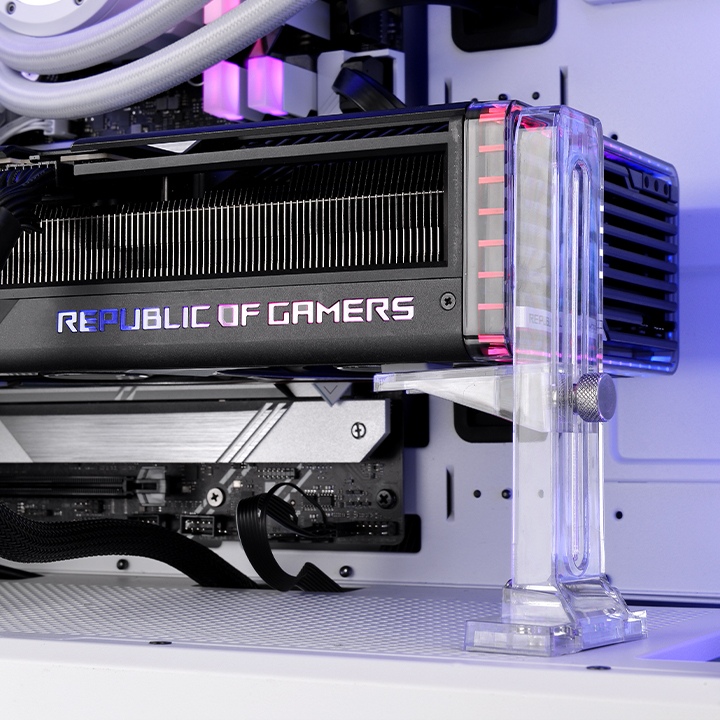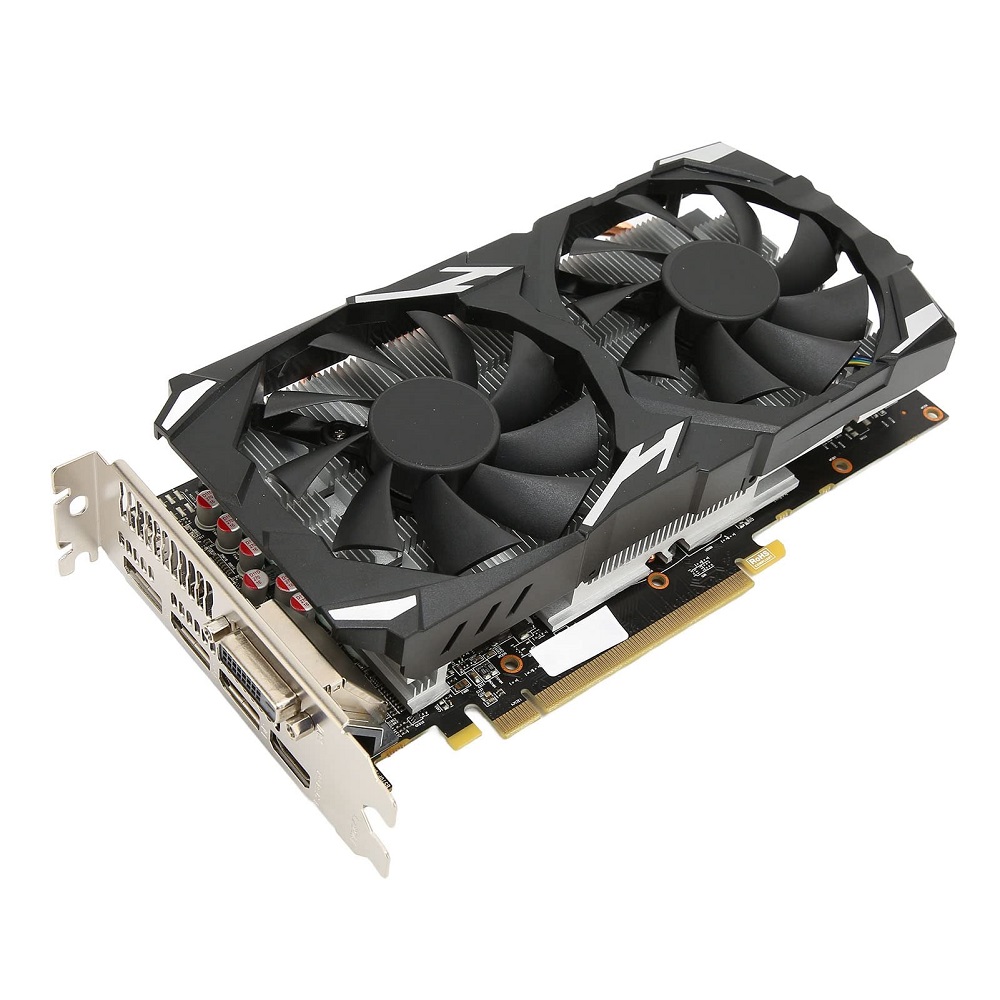The choice of a graphics card is critical to a PC’s performance, especially for tasks like gaming, video editing, and 3D rendering. Many users wonder if any graphics card can fit and work in their PC. Can i use any graphics card in my pc? This article demystifies this topic, explains compatibility considerations, and debunks myths surrounding the use of various graphics cards in PCs.
Understanding Graphics Card Compatibility
Motherboard and Graphics Card Interface
The most crucial factor when considering a graphics card upgrade is the compatibility with your motherboard. Graphics cards connect to the motherboard via an expansion slot, typically a PCI Express (PCIe) slot. Ensure your motherboard has the appropriate slot; most modern cards use a PCIe 3.0 or 4.0 x16 slot. Checking your motherboard’s specifications is the first step in determining the right match.
Power Supply Constraints
Apart from the physical fit, the power supply unit (PSU) must supply enough wattage to power the new graphics card. High-performance cards often require direct power through 6 or 8-pin connectors from the PSU. Before making a purchase, check the GPU’s power requirements against your PSU’s capacity to ensure it can handle the load.

BIOS and Firmware Considerations
BIOS Compatibility and Updates
The Basic Input/Output System (BIOS) can also impact GPU compatibility. Some GPUs may require a BIOS update to work correctly with your motherboard. Check documentation and online resources for any BIOS updates that may be necessary for the new card to function optimally.
Dealing with Legacy and UEFI Firmware
Depending on the age of your PC, your motherboard may use legacy BIOS or Unified Extensible Firmware Interface (UEFI) firmware. Newer GPUs are generally designed with UEFI in mind, and while many are backward compatible, older motherboards may require a BIOS update, or in some cases, may not support the new card at all.
Physical Space and Cooling Requirements
Ensuring Adequate Physical Space
Graphics cards come in various sizes, and it’s critical to ensure there’s enough physical space in your PC case. Measure the available space and compare it with the dimensions of the graphics card. High-end GPUs are larger because they typically house bigger coolers. Not accounting for size can lead to an unwelcome surprise when your new card doesn’t fit.
Cooling System Compatibility
A new, powerful GPU can generate significant heat. Verify that your PC case and its cooling system can accommodate the increased thermal output. You might need additional cooling solutions or a case with better airflow to maintain optimal operating temperatures.

Myth: “Any GPU Will Instantly Upgrade My PC’s Performance”
It’s a common myth that installing a high-end GPU will automatically upgrade a PC’s performance. However, potential bottlenecks due to other components, like an outdated CPU or insufficient RAM, can limit the benefits of a new graphics card. It’s essential to ensure a balanced system where the GPU and other components complement each other in terms of performance.
Balanced Performance Considerations
When considering a graphics card upgrade, look at the PC as a whole. A more powerful GPU might not yield a significant performance increase if other components are outdated. Consider other potential upgrades to achieve a balanced and efficient system.
Avoiding Misinformation and Doing Research
Seeking Reliable Sources
The internet has a plethora of information, but it’s important to seek out reliable sources when researching GPU compatibility. Manufacturer websites, reputable tech forums, and professional reviews are good starting points for accurate information.
Comparing Benchmarks and Reviews
Benchmarks and reviews can offer insights into the real-world performance of different graphics cards. They can help you gauge whether a particular GPU is a good fit for your system and worth the investment.

Investing in Future-Proofing
Looking Ahead to Future Needs
When selecting a GPU, think about your future needs. While you might not need a top-tier GPU now, investing in a slightly more powerful card than necessary could be beneficial in the long run, making your system more capable of handling future software updates and more demanding tasks.
Considering Technological Advances
Technology evolves rapidly, and what’s cutting-edge now might become the standard in a few years. Factor in upcoming technologies, like ray tracing and AI-driven features, if you want your system to stay relevant longer.
Practical Tips for a Successful Upgrade
Checking Compatibility Thoroughly
Before purchasing a new GPU, conduct thorough compatibility checks, including motherboard slot type, PSU wattage, physical dimensions, and cooling requirements. Ensure your chosen card aligns with the existing hardware standards of your PC.
Preparing for Installation
Prepare for the installation of a new graphics card by gathering necessary tools, grounding yourself to avoid static discharge, and familiarizing yourself with the installation process. Additionally, have the latest drivers downloaded and ready to install once the hardware is in place.
Matching GPU to Intended Use
Considering Workload Nature
When choosing a graphics card for your PC, it’s important to consider the nature of the tasks you’ll perform. Gamers will prioritize different GPU features compared to professional graphic designers or video editors. Match the GPU’s strengths to your specific workload to obtain the best results rather than opting for the most powerful and expensive model.
Assessing Software Requirements
Some applications have specific GPU requirements for optimal performance. Check the recommended hardware specifications for the software you plan to run. This could influence which GPU you should choose, ensuring compatibility and preventing over-investment in unnecessary power.
Addressing Driver and Software Updates
Keeping Drivers Up to Date
To ensure your graphics card operates efficiently, keep drivers up to date. Outdated drivers can lead to performance issues, including crashes and reduced graphics quality. Most GPU manufacturers provide software utilities that automatically check for and install driver updates.
Preparing for Post-Installation Software Setup
After physically installing the new GPU, you’ll need to install the appropriate drivers and possibly tweak settings for optimal performance. Be prepared to spend time on software setup and configuration after the hardware upgrade to get the most out of your new graphics card.
Exploring Compatibility with Gaming and VR
Considering Gaming Demands
Gamers should consider the demands of current and future games when choosing a GPU. Look for cards that offer the best performance within your budget, ensuring a smooth and immersive gaming experience with your desired graphics settings.
Ready for Virtual Reality
For those interested in virtual reality (VR), ensure the graphics card meets the VR system requirements. VR gaming typically requires GPUs that can handle high-resolution images at a consistent frame rate to prevent motion sickness and provide an engaging VR experience.
Upgrading Thoughtfully with Cost-Benefit Analysis
Evaluating Worth of Upgrade
When contemplating a GPU upgrade, conduct a cost-benefit analysis to assess the worth of the upgrade relative to its price. Consider the performance gain versus the investment and how it complements your existing PC setup. Sometimes, a moderately priced GPU can offer the most value for your specific needs.
Second-Hand Market Considerations
You may also consider the second-hand market for graphics cards. While this can offer cost savings, it comes with risks like limited or no warranty and uncertainties regarding the card’s history. Only buy from reputable sources and check the used card’s performance thoroughly before purchase.
Preparing for Potential Complications with New Hardware
Anticipating Compatibility Issues
Even with thorough research, new hardware can sometimes present unexpected compatibility issues. Have a plan to address any hiccups you encounter—whether that means accessing technical support or being willing to exchange the GPU for a more compatible model.
Building in Contingencies
On the chance that your new GPU doesn’t work with your system, it’s wise to prepare for contingencies. Keep the packaging and receipts, know the return policy of the retailer, and have a backup plan for how you will proceed if the graphics card must be returned or exchanged.
The decision to upgrade a graphics card should be an informed one, taking into account compatibility with the motherboard, power requirements, space availability, cooling capacity, and overall system balance. By understanding and addressing these key factors, debunking myths, and conducting proper research, PC users can successfully enhance their systems with a suitable GPU upgrade. This approach not only improves performance but also ensures a smooth integration of new hardware, delivering a better, more efficient computing experience.
